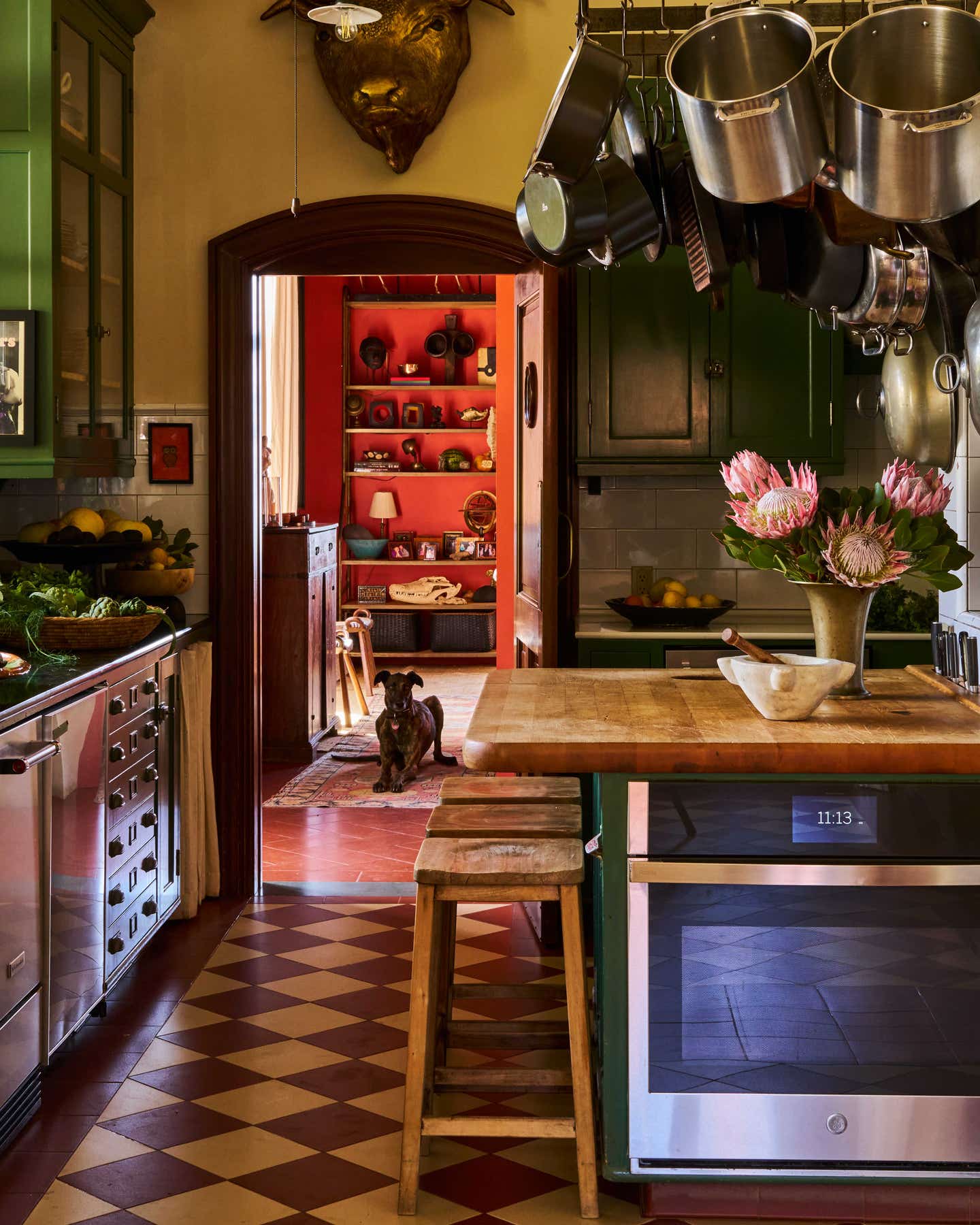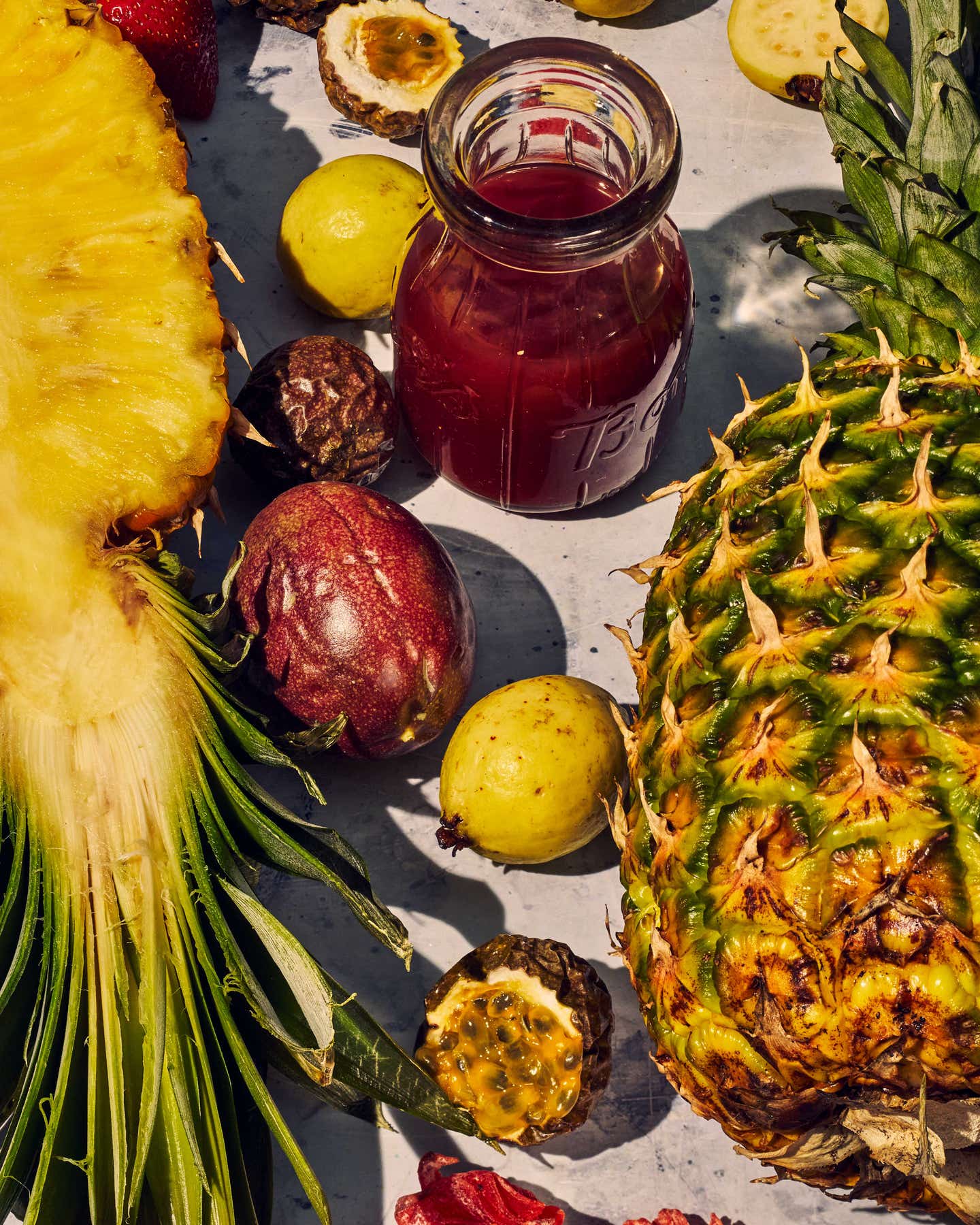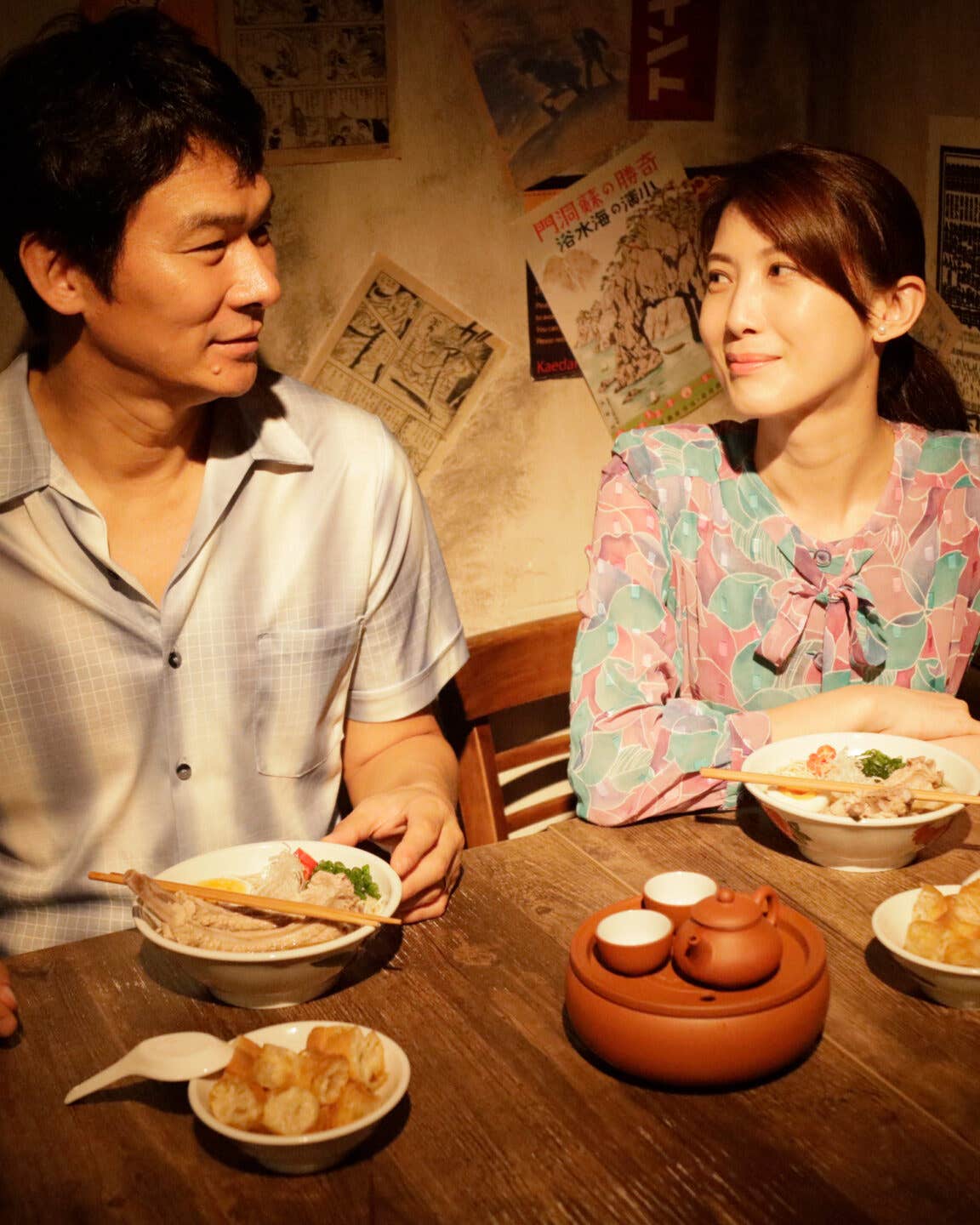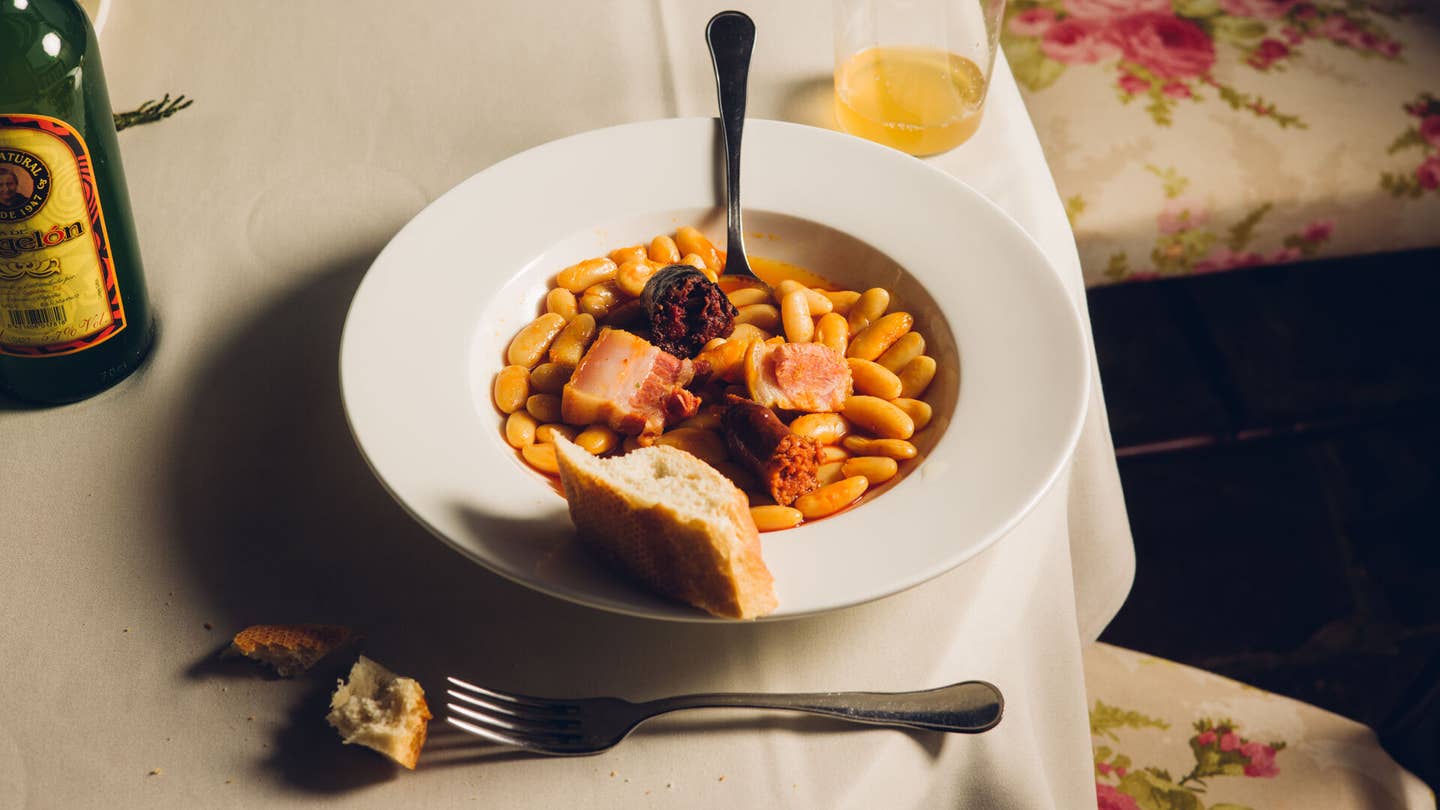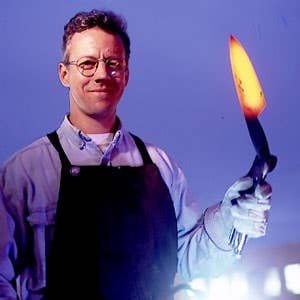
Master of the Blade
Bob Kramer has been a magician and a Ringling Brothers clown. He has practiced three different martial arts. He dropped out of college in his native Detroit to sail around the world and wound up waiting tables in Houston for a year and a half instead. He first came to Seattle with the circus, then returned on his own as a student, determined to become an oceanographer. To listen to him talk, the one constant in Kramer's life has been his search for something, anything, for which he really had a passion. But he never quite found it—until he discovered knives.
In 1981, while taking basic science classes at the University of Washington (a prerequisite for admission to the school's oceanography program), Kramer took a job as a second cook at the Olympic Four Seasons Hotel in Seattle. He invested in a set of knives, learned how to use them, and, like everybody else in the profession, struggled to keep them sharp. When oceanography—and academe in general—began to lose some of its appeal, Kramer made a critical decision: He left school for good, put up $500 for an inventory of Trident and Forschner knives (two durable brands that seemed to be popular among commercial cooks), and went into the cutlery business.
Kramer toted his stock in a gym bag and went by bus selling knives door-to-door to every restaurant in Seattle. ''It seems like I carried those knives more than I sold them,'' Kramer sighs. ''What I discovered was that most cooks don't have enough money to buy a new knife if they feel they already have one that does the job. What they really wanted me to do was sharpen the knives they already owned.''
So Kramer set out on a quest to learn everything he could about sharpening—and that's when he met the man who opened the door to the world of knives for him. Ben Obermeyer was an Austrian toolmaker who sharpened and repaired surgical tools for hospitals. ''Ben was so skilled. He'd lost an arm in a car accident, but the way he worked with knives was amazing.'' Obermeyer agreed to show Kramer basic sharpening techniques. The idea, Kramer says, is to take away ''the least amount of material to arrive at the optimal thinness. Then you polish the edge to completion. It still took me another two and a half years to get the technique down, though.''
In the meantime, Kramer bought a plane ticket that took him through Chicago, New York, Atlanta, Houston, San Francisco, and Portland. He haunted every cutlery shop and sharpening service he could find, asking questions, looking for answers. Mostly, he found a wasteland—until he arrived in San Francisco, where Peter and Ottilia Malattia, an Italian couple of the older generation, ran a North Beach sharpening business called Columbus Cutlery. ''They started their day folding the paper hats they wore to keep their hair clean,'' Kramer says. ''Sharpening's a dirty and noisy business. I had run into a lot of paranoid people who wouldn't talk to me as soon as they realized I wasn't a customer. But this couple took me in and showed me everything. They were absolutely dedicated, and their work was just stunning.''
Before long, just sharpening knives was no longer enough for Kramer. In 1992, he heard about a knifemaking school in Washington, Arkansas, founded and run by the American Bladesmith Society (an organization established in 1976 to preserve the American tradition of forging knives by hand). Kramer talked an engineer friend into signing up for a two-week course with him, and they headed for the tiny historic village just outside of Bill Clinton's hometown, Hope, in the southwestern corner of the state. The school was a one-room classroom next to an old barn where the metalworking was done. Every morning at 8 a.m., the students would coke their own supply of coal to use at one of the six forges in the center of the room. Some of Kramer's classmates, who came from as far away as New Zealand and France, were professionals; some, like Kramer, were just learning—but every day at lunchtime, they'd all walk to the local inn and talk knives.
Kramer came home an apprentice knifemaker and a member of the American Bladesmith Society. He also came home with the life-changing knowledge that with time and skill he could make a kitchen knife better than any other on the commercial market. ''I've spent years and years figuring out what makes a great knife,'' he explains. Kramer's voice, while gentle, is direct and carries with it the weight of a man absolutely confident about and excited by what he does. ''When I go to the Asian art museum in Seattle and look at a 1,500-year-old Japanese sword, I feel a connection to the guy who made it. That swordmaker had only primitive tools and his experience, and he was able to turn out something technically perfect and visually stunning. It's really satisfying to be doing a similar thing and have those people as an inspiration.'' Though knives were at the end of Kramer's search for self-discovery, they were also, in a way, a beginning. He now spends time traveling and exploring in southeast Asia, and on a trip to Indonesia a year and a half ago, he met a 12th-generation maker of krises (daggers with a serpentine blade that are a sacred part of Indonesian culture). Kramer didn't speak a word of his language, and the old kris maker didn't understand English, but, says Kramer, they talked for hours in the language of fire and steel.
Kramer opened his Seattle shop, Bladesmith's, in 1993 and now has about $50,000 invested in it. ''Ideally, I'd like to just do custom-made knives, but it's not an easy way to make a living,'' he says. To supplement what accounts for 30 percent of business, he stocks the same Trident and Forschner knives he started out selling, and he still sharpens. He spends ten to twelve hours a day in the shop, and lives in what he calls his ''downtown artist's studio''—an apartment filled with books on every kind of art. ''I'm really into ceramics lately, and my girlfriend and I have been working on that when I'm not at the shop.''
The kitchen knives that Kramer forges at Bladesmith's are of heirloom quality, with beautifully polished blades and exquisite handles carved from cocobolo, a hard, dark wood that is rich in oils. But they're working knives, too, designed to last the lifetimes of several generations of cooks. He makes chef's knives in three sizes, as well as fileting, boning, paring, slicing, and bread knives, and they range in price from $125 to $225. For Kramer, the recipe for a great knife begins with carbon steel, which is stronger, easier to sharpen, and takes a much keener edge than stainless steel. He heats the steel to a forging temperature between 1700°F and 2100°F and, with a hydraulic hammer, slowly draws the metal out like taffy, and into shape. (A good bladesmith, according to Kramer, can complete 90 percent of the blade-shaping process between the forge and the hydraulic hammer.) The blade is finished at the grinding wheel, to the precise shape demanded by its function. For Kramer, this means the various cooking knives, as well as period pieces and ethnic replicas. (He recently completed a Japanese tanto, a 16th-century fighting knife.)
Shaping is followed by heat treating, an almost magical process that stabilizes the properties of the steel. By taking the blade through a series of temperatures (on the cold end, as low as minus 300°F), the steel is made hard enough to retain a very sharp edge while remaining flexible. Finally, Kramer attaches the handle and sharpens the blade to perfection. Once Kramer has set the edge on one of his knives, only a minimal amount of maintenance is required to preserve it for as long as a year without resharpening. Carbon steel does demand a little extra attention, however: If you leave water on the blade, it can rust, but wiping it dry is all the protection the steel needs. Acidic foods can discolor the knife, but having it polished brightens it right up.
In 1996, Kramer was awarded the title of journeyman bladesmith by a panel of master bladesmiths. Last year, he submitted five of his hand-forged knives to a similar panel for the master bladesmith's test. Each knife had to be flawless in order for Kramer to pass, and every one was. Kramer is now one of 67 recognized master knifemakers in the U.S.
''I can put all of my time into an art knife somebody'll hang on the wall,'' says Kramer. ''But there's something special about making a knife that's going to be used, especially in the kitchen. What I strive to do is combine beautiful metal and handles with function. That way, the creative energy gets passed along—it keeps moving past me, through the blade.''
Keep Reading
Continue to Next Story
